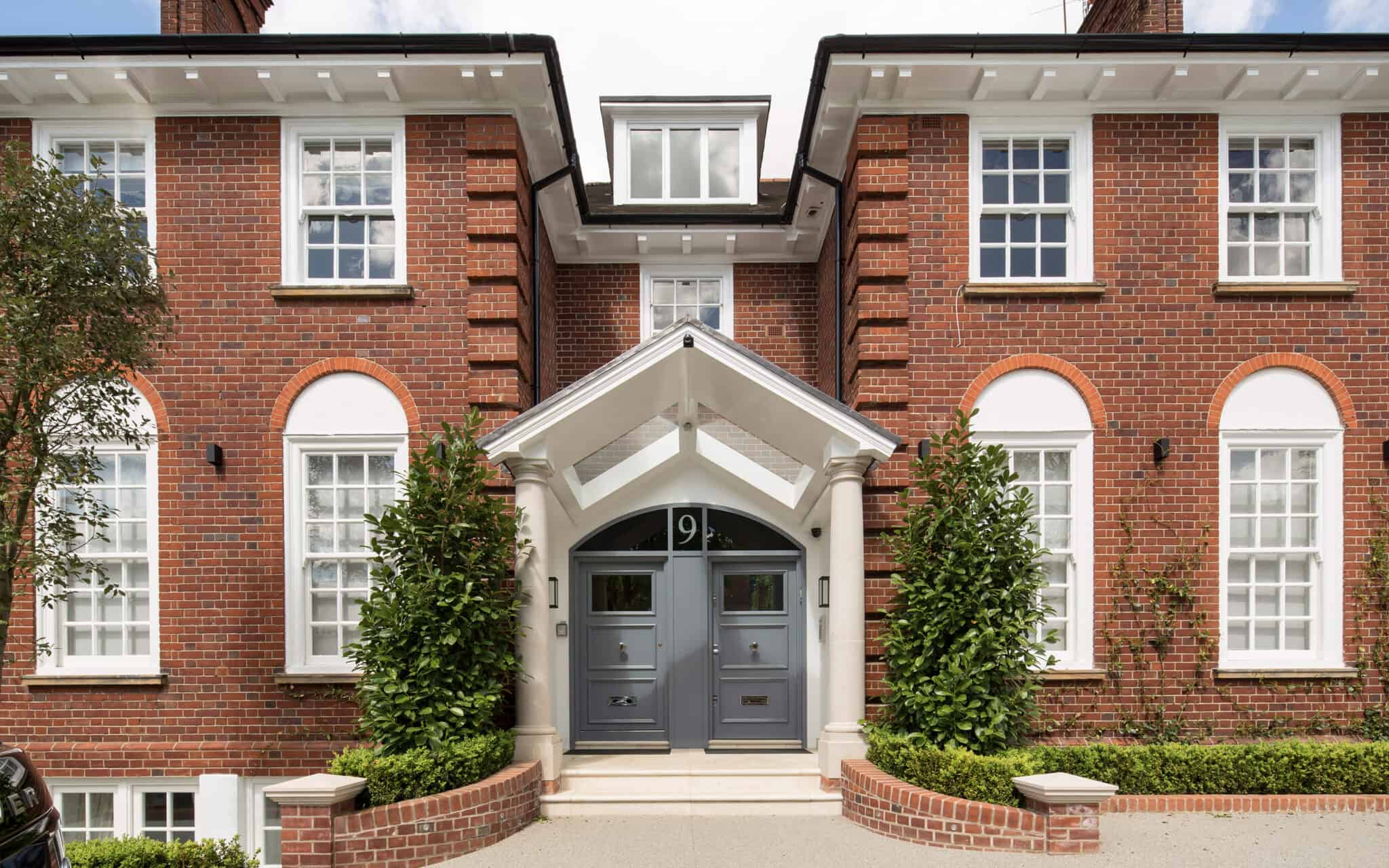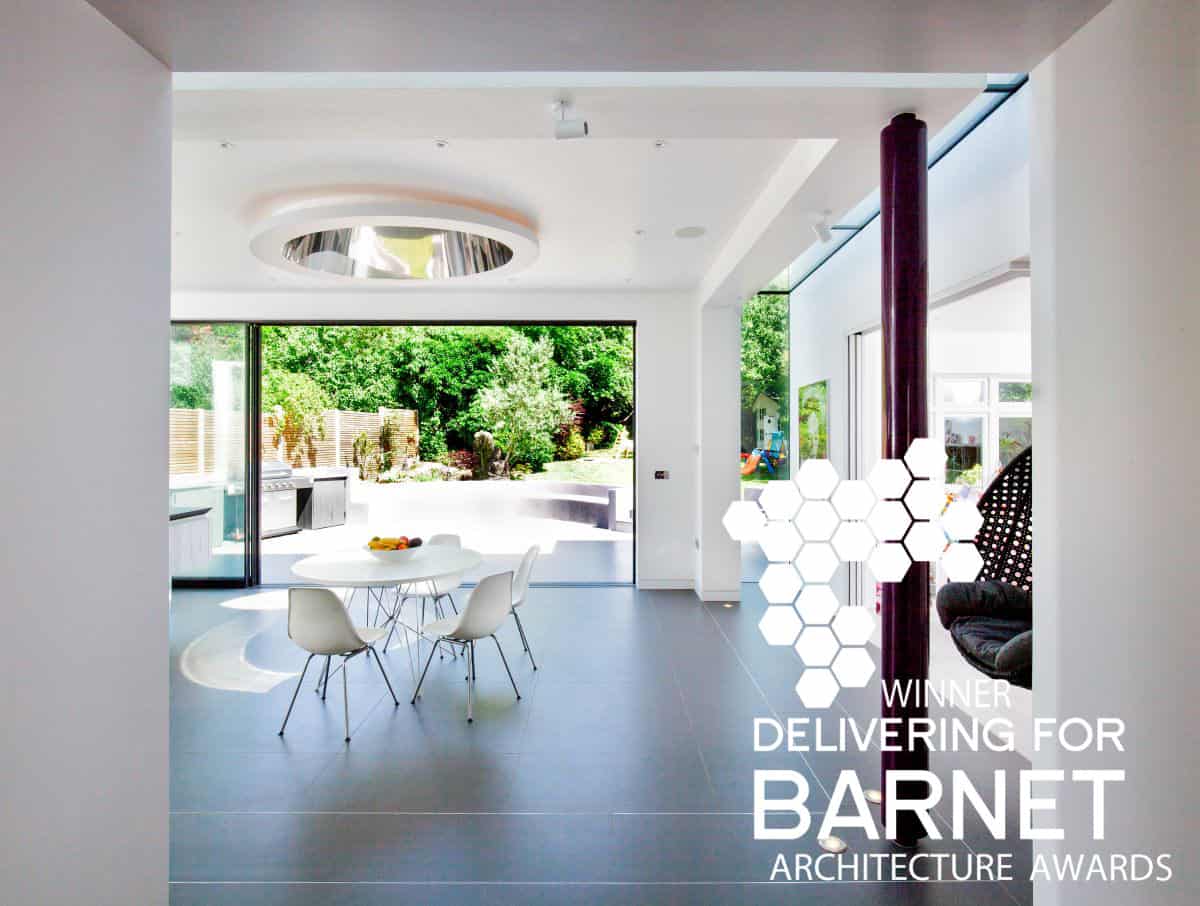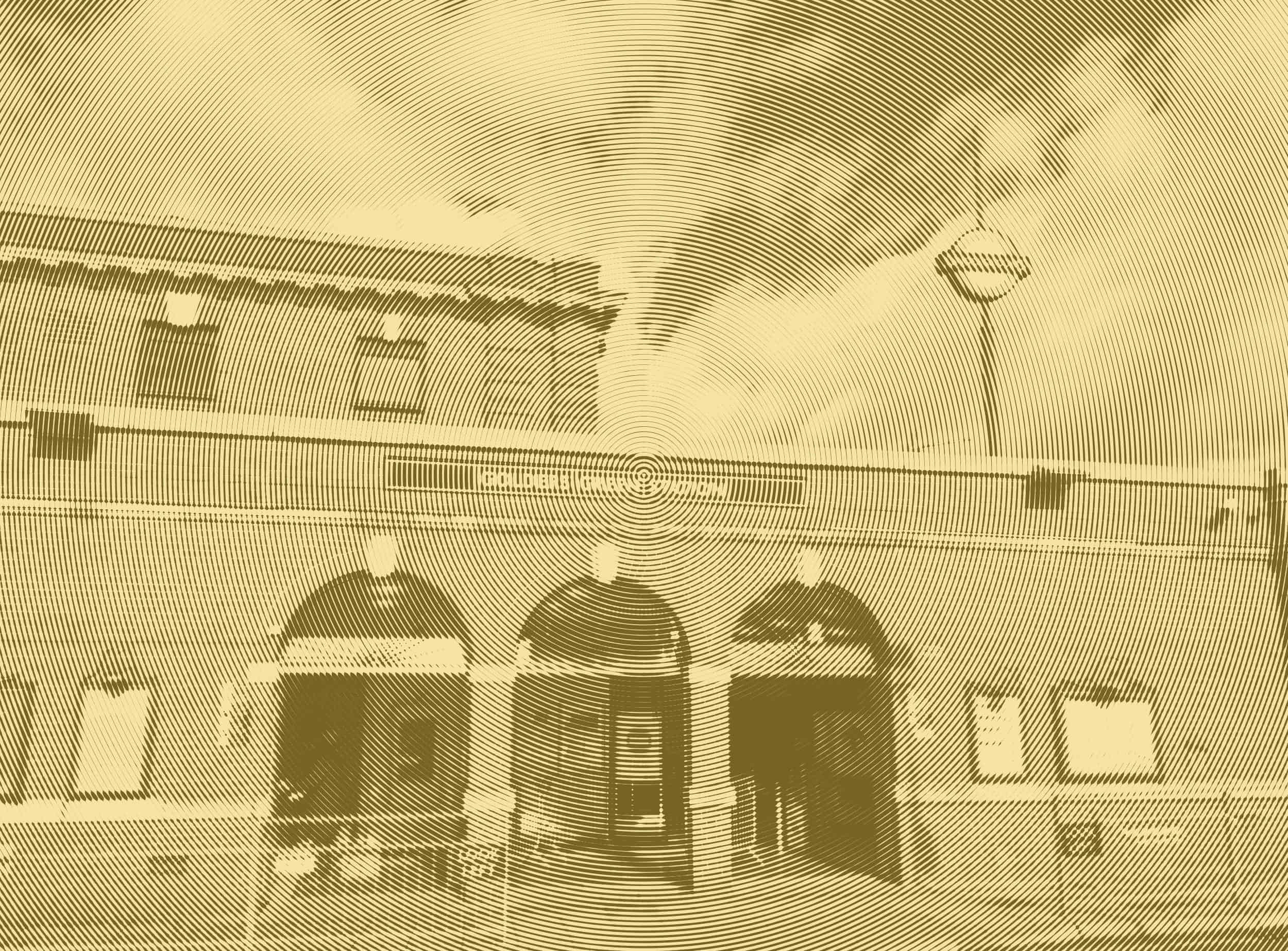Marlow Architectss
About XUL Architecture
Located in North London, XUL Architecture is a commercially minded, client centred architecture practice. We are efficient and responsive, and put particular focus on the client’s experience as well as in finding ingenious ways of bringing light into architecture.
We believe that creativity can overcome any practical challenges. We believe in the strength of natural light to positively improve physical space and the wellbeing, productivity and creativity of those who inhabit it. We believe that each of our clients is unique. Through listening and conversing we celebrate that individuality.
We listen to your needs and do what it takes to meet your expectations. Combining our energy, knowledge and talents to deliver fantastic client care and strive to develop relationships that make a positive difference to your lives.
We recognise how important it is being part of the local community. We reside in shop front premises which makes us accessible and approachable – our door is always open. Our aim is to build trust and aspire to be the “go to” local architect. We also try to bring the community together by organising local events.
Awards


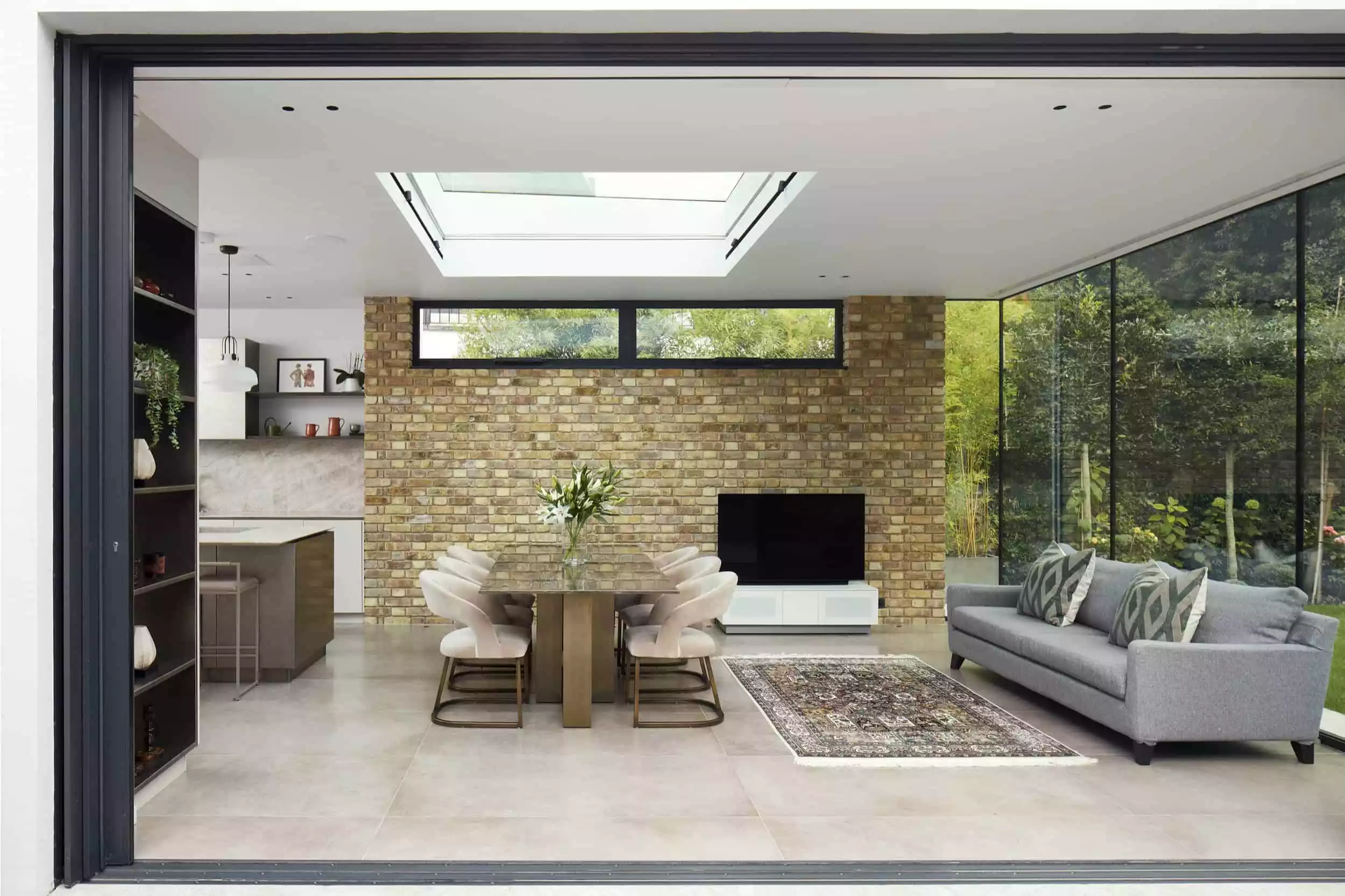
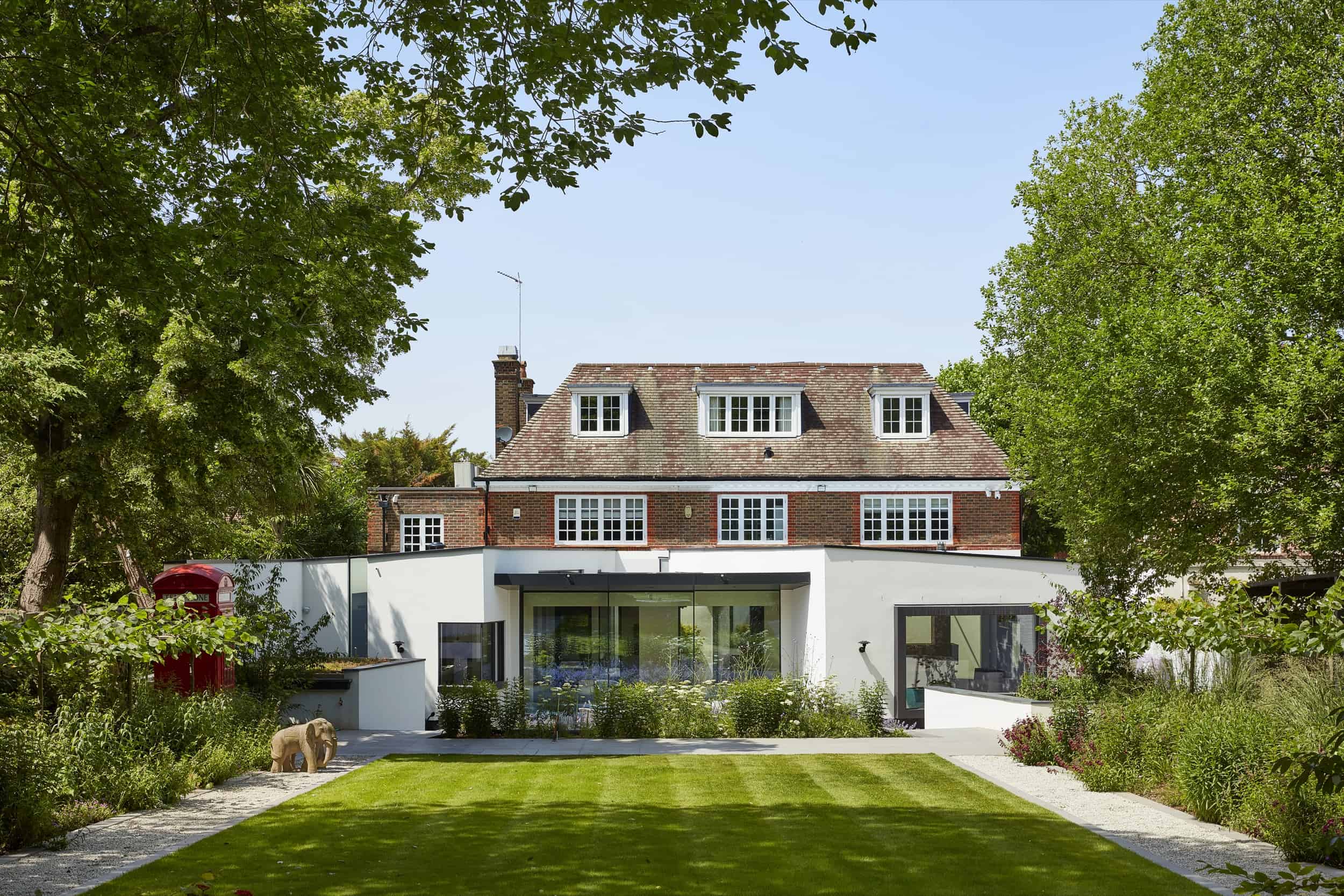


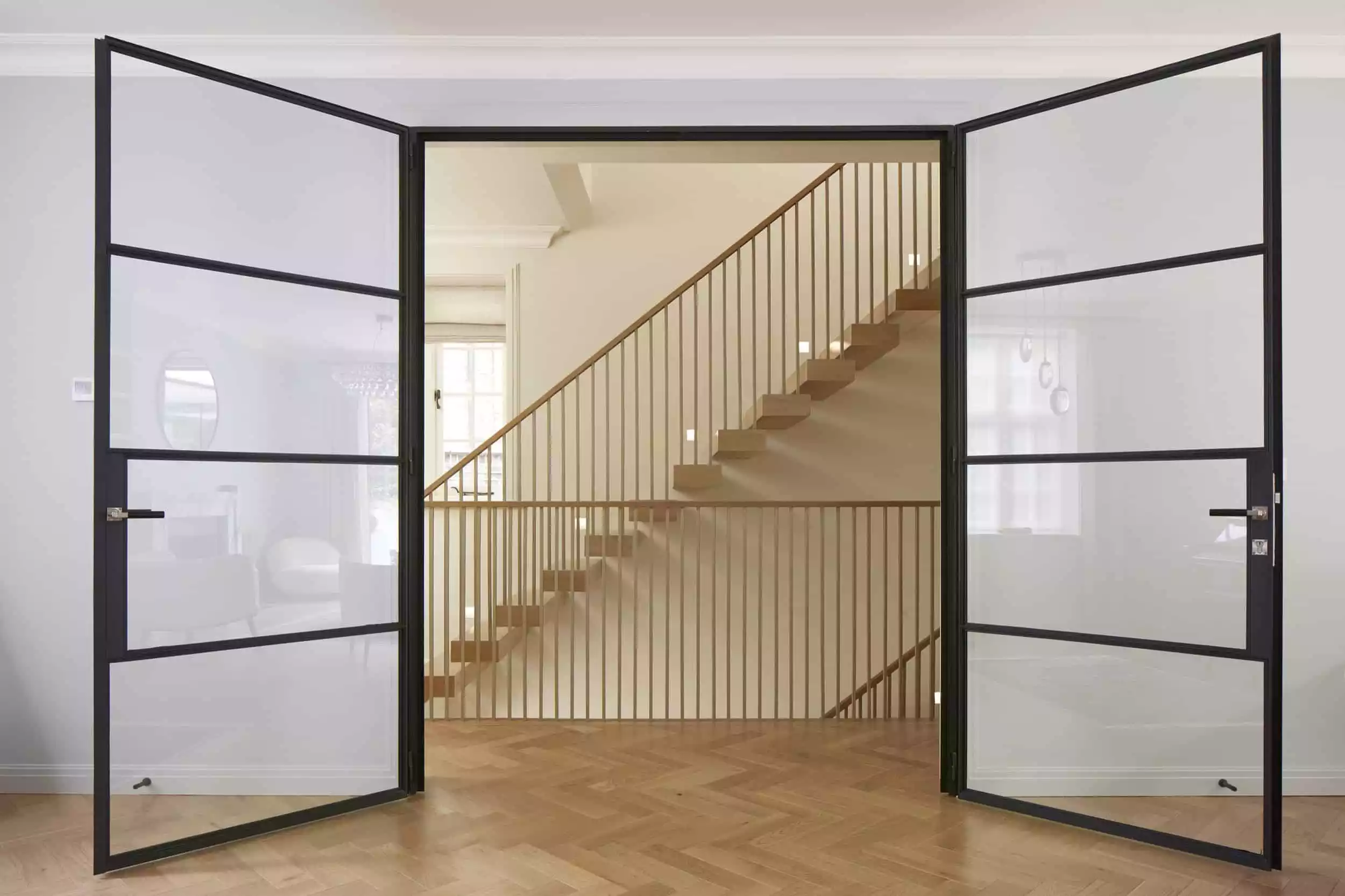
Featured Projects
We have multiple projects in progress and completed nearby Marlow, Buckinghamshire
300+ projects completed in Barnet, Brent, Camden and Haringey
We have worked on a number of boroughs in London. Most of our work is in Camden, Barnet, Haringey and Westminster, which are some of the most challenging boroughs in terms of Planning.
In any case we always do detailed research on any local constraints and regulations. On complicated projects and/or listed buildings we often work closely with a planning consultant. We are used to working on listed buildings and conservation areas.
Marlow Architects
How we work
It can be a challenge to keep up with all the stages involved in designing and building or renovating a home. Our step-by-step method makes it easier.
We’ve created a platform (a bit like Dropbox) so you have every bit of information about your project at the click of a button. That means we’re all on the same page, and you’ll be able to put your hands on the plans and timeline exactly when you need them.

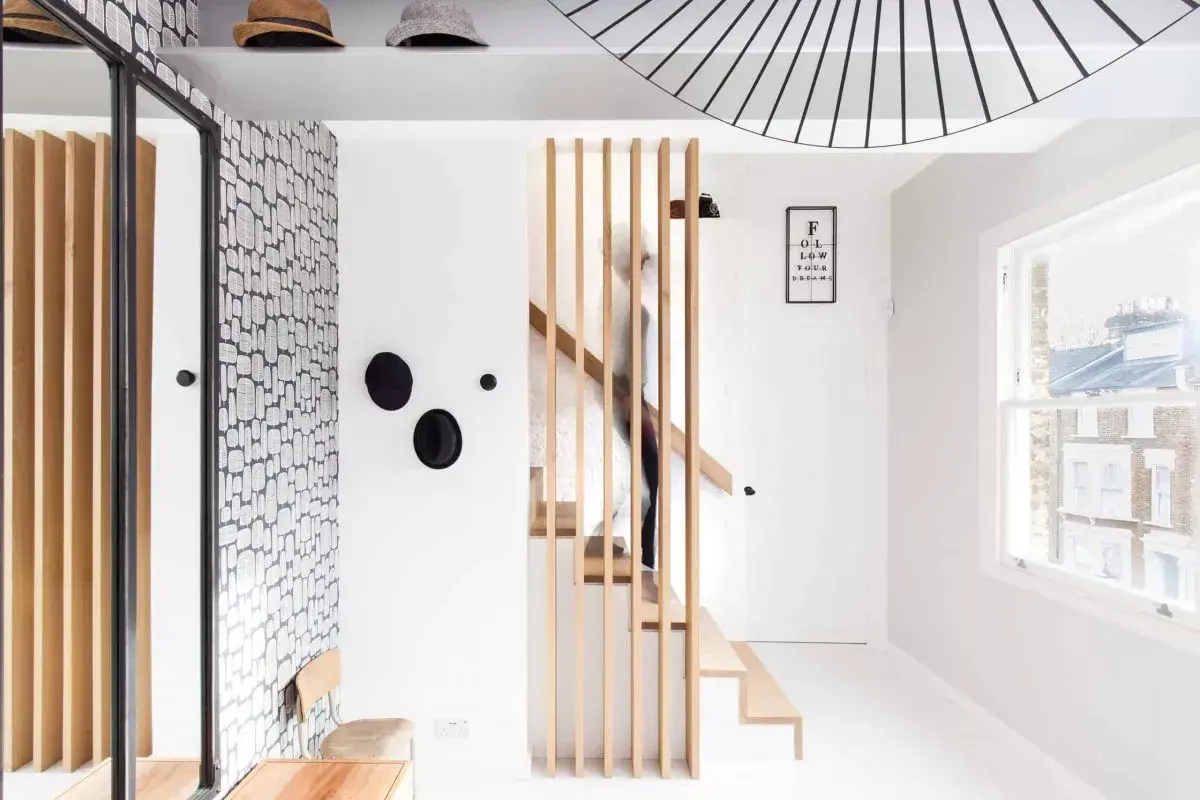
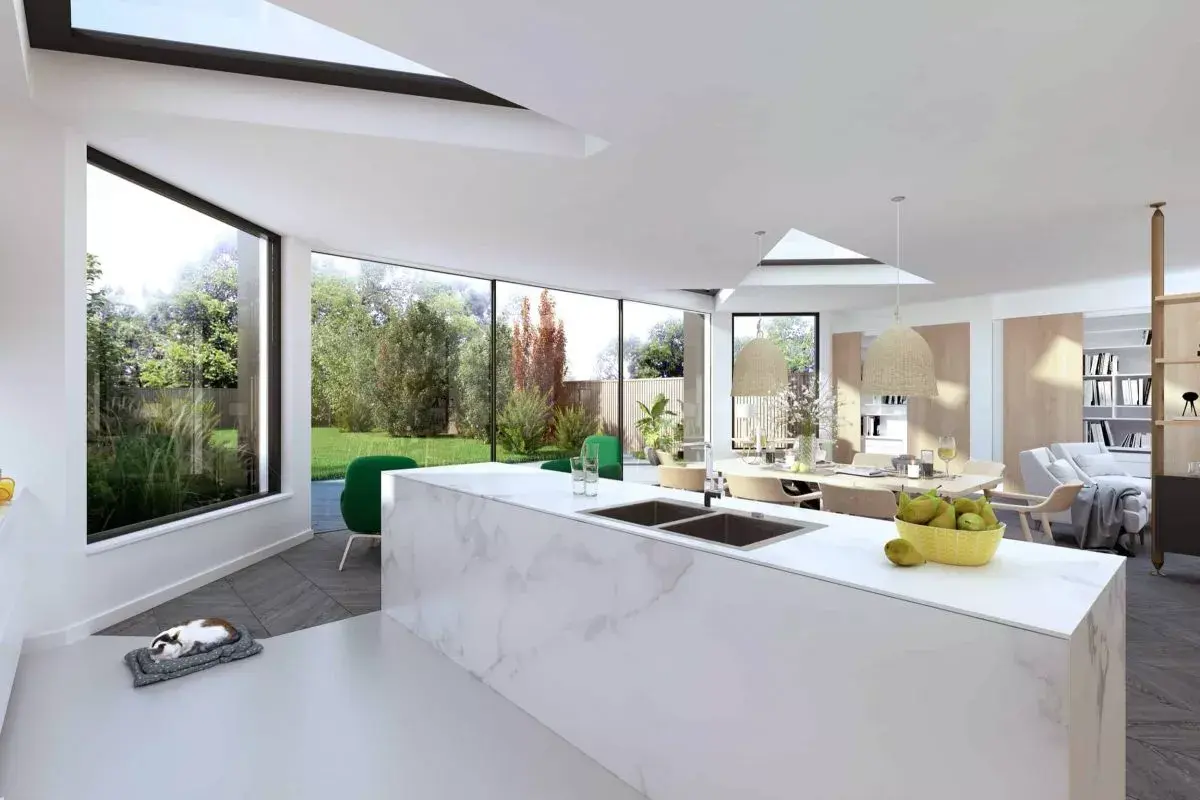

By explaining every stage carefully, we ensure that even if you’ve never worked with an architect before, you’ll feel confident, happy, and inspired – without fear of losing control of time or budget.
And we’re ingenious and innovative, not only in our design, but also in overcoming any hurdles in the logistics of your project. We’ll bring all our ideas out into the light and we’ll always take a ‘can do’ approach – but at the same time we’ll be clear and honest with you if something needs to be rethought.
Because while a beautiful home is the aim, it’s just as much about enjoying the journey to get there.
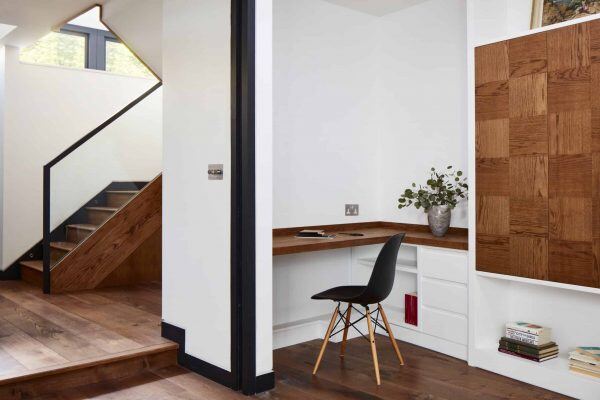
Marlow Architects
Architecture driven by collaboration and lateral thinking
We believe in constant improvement and encourage change. Our lateral thinking allows us to creatively overcome challenges. Our motto is ‘there is always another way’! We always like to explore alternative design solutions as well as finding the right strategy to suit your needs.
We pride ourselves on having a unique outlook that combines our passion for enhancing our clients’ lives, with the ingenious use of abundant natural light; all whilst keeping the practicalities of the project and the realities of the budget in mind.
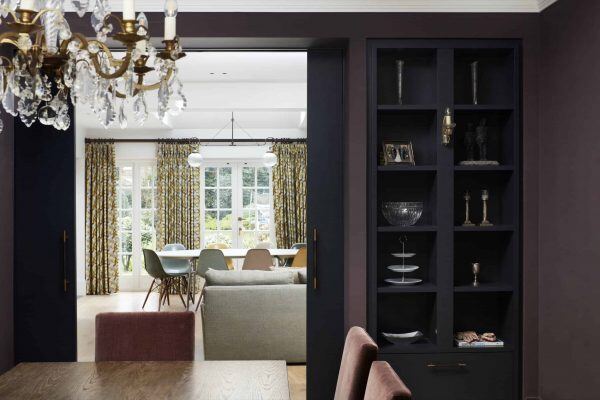
Marlow Architects
300+ Projects Completed
Our team is comprised of people from all parts of the world, giving us a rich breadth of experience, cultural background, depth of talent and diversity of thoughts. This is accompanied by the added value of having a can do attitude when in front of any challenge. And of course, you can be involved in this creative process as much as you want to be. Design is a dynamic and interactive process!
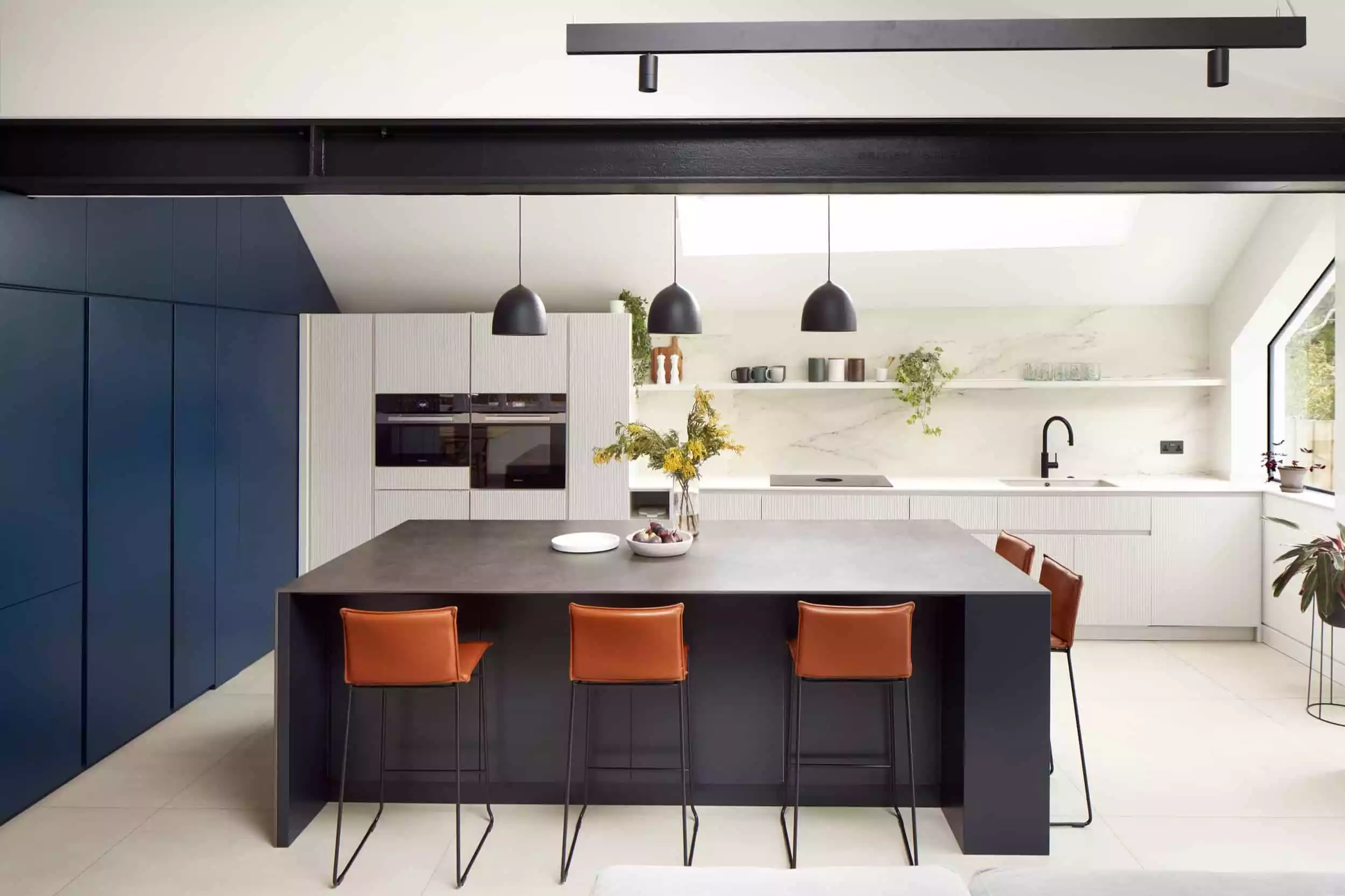
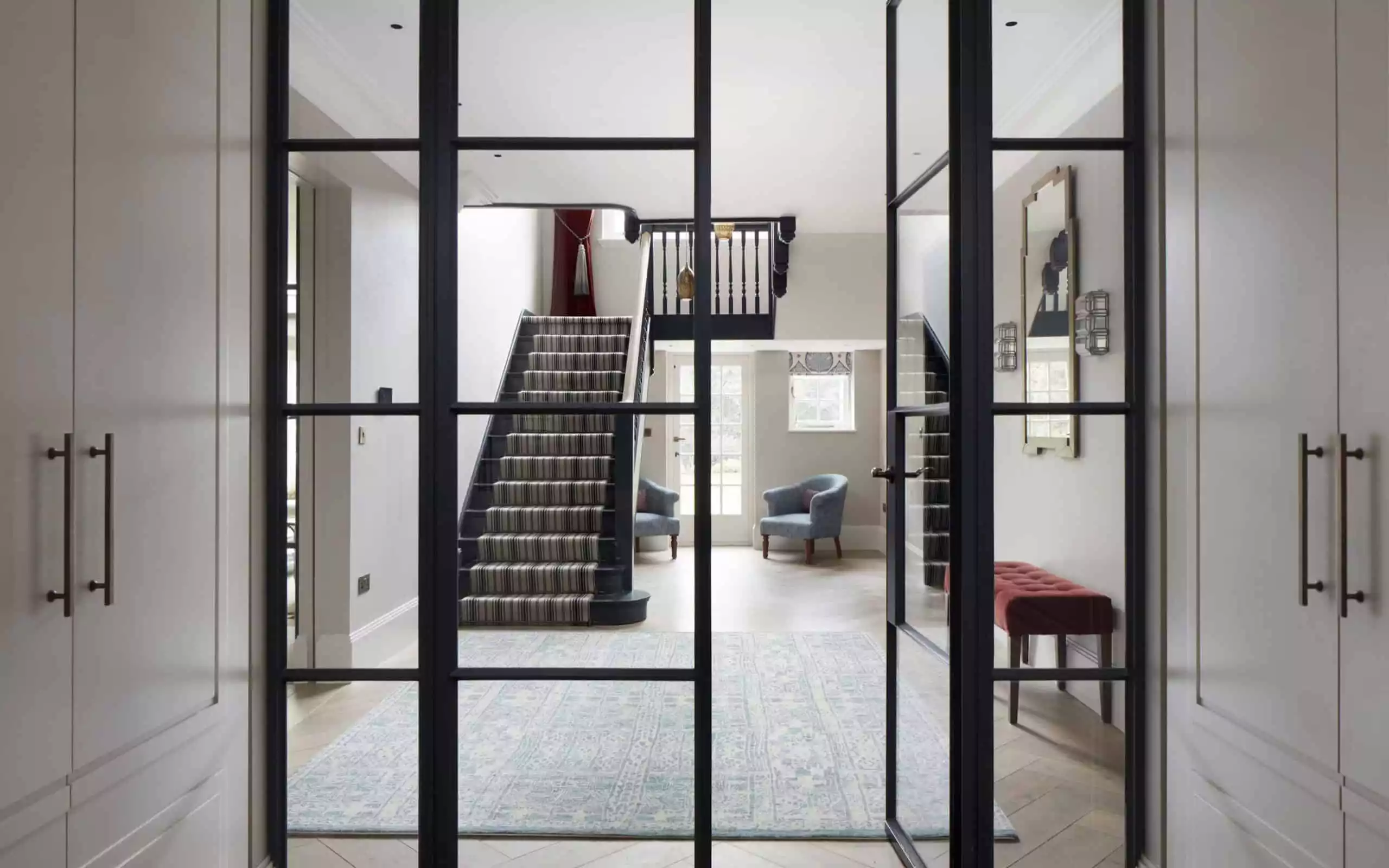

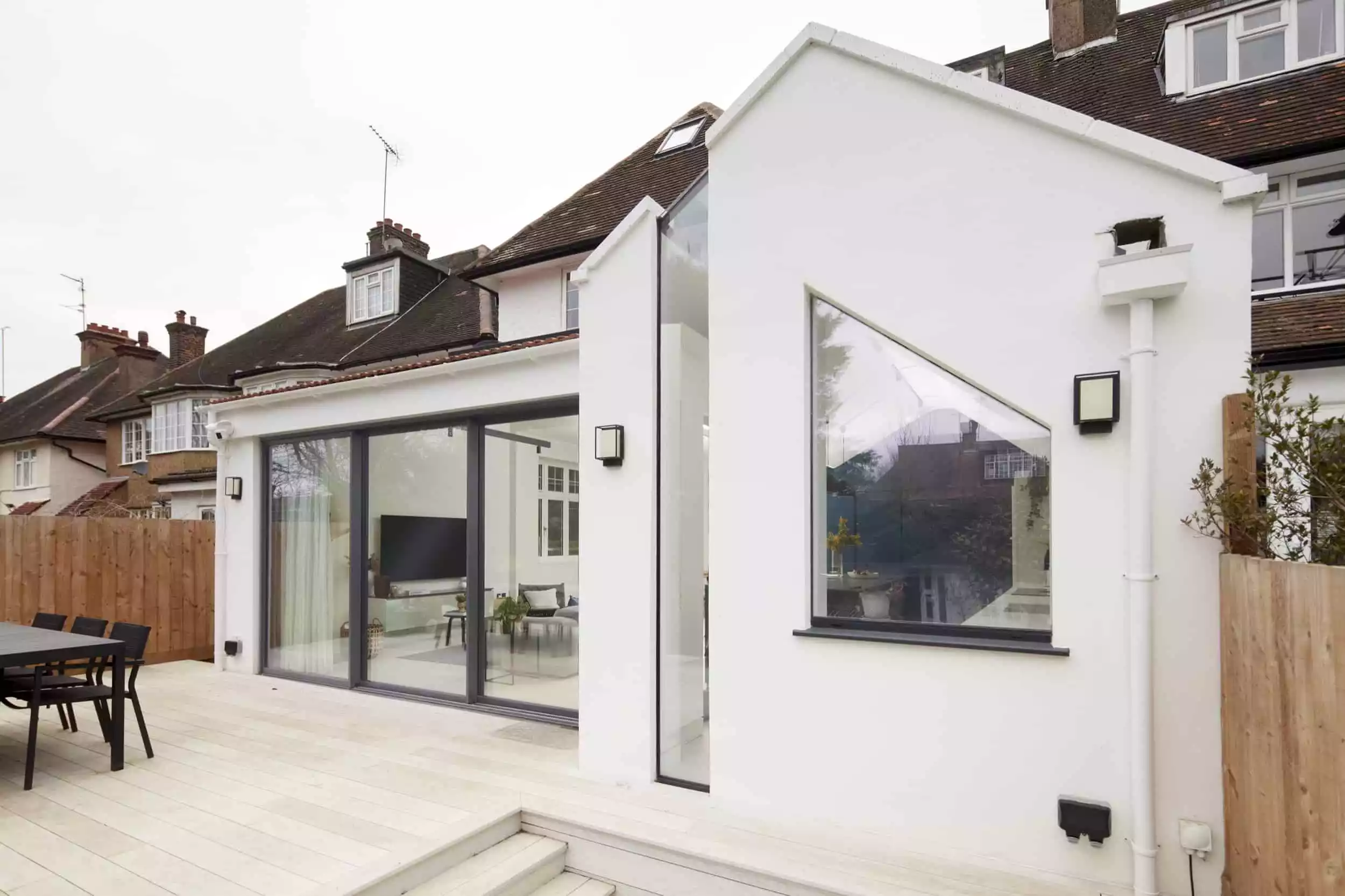
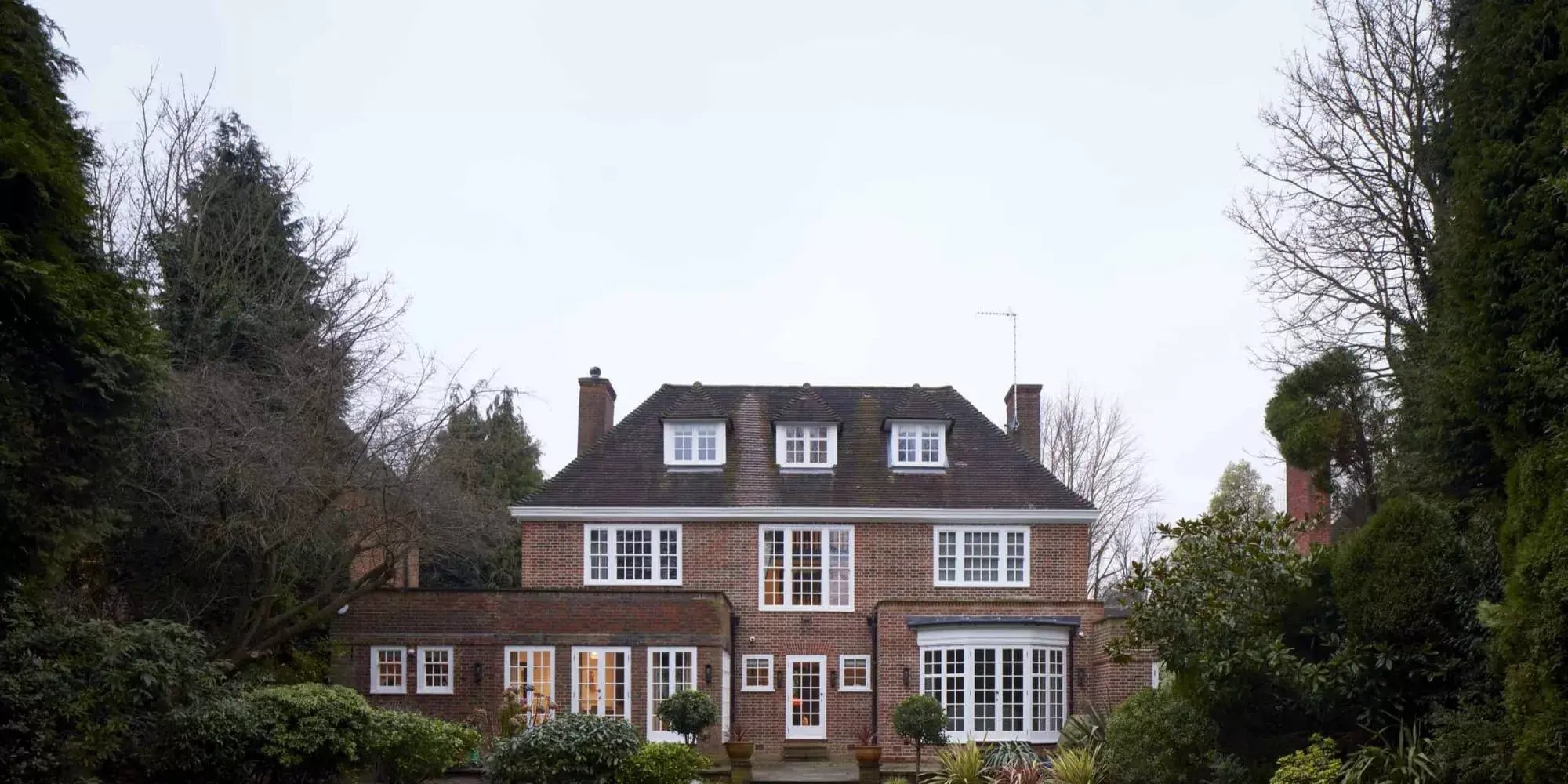
Marlow Architects
Marlow Architects
Thinking of Moving to Marlow?
If you are planning a move to Buckinghamshire and considering the town of Marlow, you’re not alone. Known for its Georgian architecture, shopping streets, and picturesque riverside location, Marlow has plenty to offer. But before you make the move, let’s take a closer look at this historic town to see if it could be your new home.
A Historic Town
Marlow’s rich history is one of its most distinctive features. The town boasts many historic buildings, including All Saints Church with its impressive spire and the Marlow Suspension Bridge, which crosses the River Thames. Many homes in Marlow still retain their Georgian elegance, providing a historic charm to the town that’s hard to find elsewhere.
Idyllic Surroundings
Nestled along the banks of the River Thames, Marlow is a haven for nature lovers. Its riverside location offers an array of outdoor activities, including boating, fishing, and picturesque walks along the Thames Path. The nearby Chiltern Hills offer beautiful hiking trails, while local parks and green spaces are perfect for family outings or quiet afternoons.
Transport and Accessibility
Marlow is well-served by transport links. The town has its own railway station, offering connections to larger cities including London. It’s also well-placed for the M4 and M40 motorways, and the local bus service provides routes to nearby towns and cities.
Vibrant Community and Amenities
Marlow has a bustling high street that’s home to an array of shops, from independent boutiques to well-known chains. The town also has a thriving culinary scene, boasting a variety of restaurants, cafes, and pubs. If you’re a foodie, you’ll love the local farmers markets and the fact that Marlow is home to Michelin-starred establishments.
The town has a strong sense of community, with regular events such as the Marlow Town Regatta and Festival. For families, there are several excellent schools in and around Marlow, and sports enthusiasts can take advantage of the many clubs and facilities, including rowing, cricket, football, and rugby clubs.
Considerations Before Moving
While Marlow offers many benefits, it’s essential to consider a few factors before relocating. Property prices in Marlow can be quite high due to its desirability, picturesque setting, and proximity to London. Therefore, budgeting accurately is crucial.
Additionally, while Marlow is relatively close to larger cities, some people might find its semi-rural location a bit too quiet if they’re accustomed to a fast-paced city lifestyle.
Conclusion
With its charming historic buildings, thriving community, and idyllic setting, Marlow is an enticing prospect for anyone considering a move. Before deciding, take the time to visit, explore the town, get a feel for its pace of life, and determine whether it could be the perfect fit for you. Marlow could be the dream location you’ve been seeking – a perfect blend of town and country living.
Marlow Architects
The Marlow Bridge in Buckinghamshire
Marlow Bridge is not just a functional structure allowing travel across the River Thames in Marlow, Buckinghamshire, but it’s also an architectural marvel that commands the admiration of both locals and tourists. Its historical context, design ingenuity, and aesthetic appeal make it an architectural gem, embodying both function and beauty.
Historical Significance
Marlow Bridge has a long-standing historical context that is woven into the fabric of Buckinghamshire’s rich heritage. The first known reference to a bridge at Marlow comes from 1309, but the structure we see today has its foundations in the 19th century.
In 1829, renowned civil engineer William Tierney Clark was commissioned to build a new suspension bridge to replace the deteriorating old wooden one. The completion of the Marlow Bridge in 1832 marked the first of its kind in Buckinghamshire and became an iconic example of suspension bridge engineering. This structure is one of only two surviving suspension bridges by Clark, the other being the famous Széchenyi Chain Bridge in Budapest, Hungary.
Architectural Importance
Clark’s design of the Marlow Bridge was a significant architectural advancement for the era. His innovation laid the groundwork for future suspension bridge design, and the Marlow Bridge became a testament to the evolution of civil engineering.
Constructed primarily from wrought iron, the bridge boasts a span of 72 metres and two main suspension chains. It utilises a simplistic yet elegant design, reflecting the era’s neoclassical aesthetic. It is relatively narrow, only allowing for single-file traffic, which contributes to its quaint charm and appeal.
However, it’s not only the technological advancement that makes the bridge an architectural marvel but also its aesthetic sophistication. Clark incorporated neo-Gothic elements into his design. The two towers, from which the suspension chains hang, exhibit Gothic arches, giving the bridge a distinct character. Its modest, unimposing style seamlessly fits into the charming setting of Marlow town, enhancing its visual appeal and making it a centrepiece of the area.
Legacy and Preservation
The Marlow Bridge has withstood the test of time, still serving its functional purpose nearly two centuries after its construction. Recognising its architectural and historical importance, English Heritage designated the bridge as a Grade I listed building in 1952, acknowledging its national significance and necessitating its preservation.
The bridge’s design was so successful and robust that its principles were applied to create larger structures across the world. William Tierney Clark’s most significant work, the Széchenyi Chain Bridge in Budapest, was based on the Marlow Bridge’s design but on a much grander scale. This fact only amplifies the global importance of this small bridge in Marlow.
Conclusion
The Marlow Bridge, a proud architectural icon of Marlow, Buckinghamshire, is a testament to the genius of William Tierney Clark and the industrial advancements of the early 19th century. It is a beacon of innovative design, historical significance, and aesthetic beauty, elegantly bridging the gap between functionality and art. Its lasting legacy continues to inspire and influence modern bridge design, proving that enduring architectural marvels can emerge from the quaintest of towns.
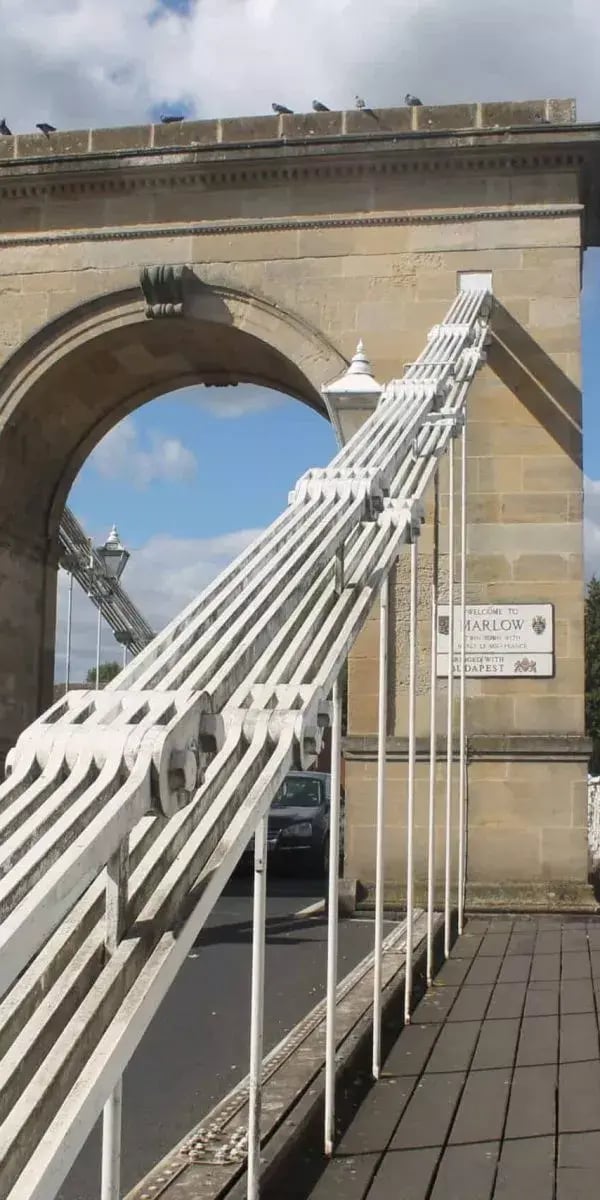












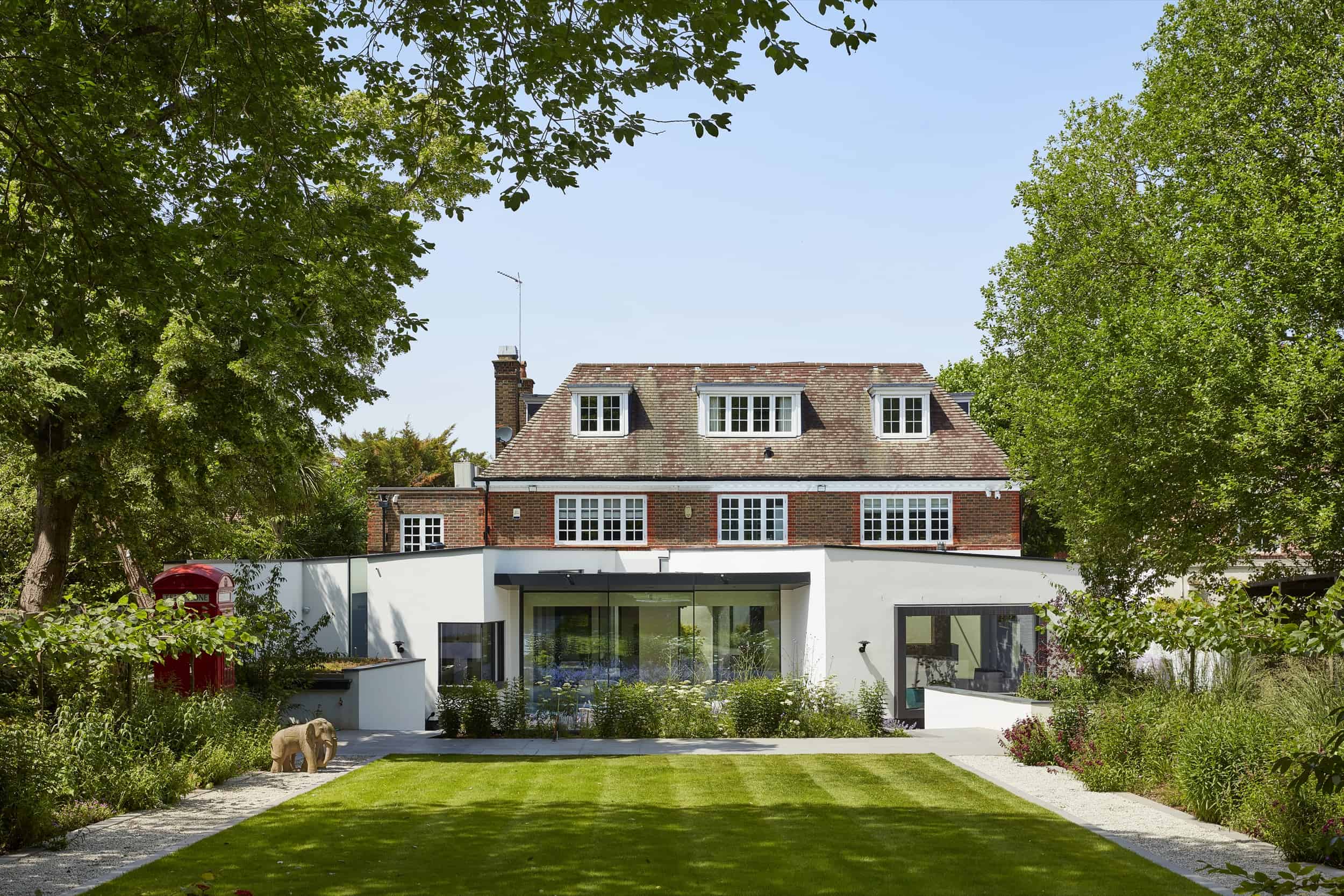
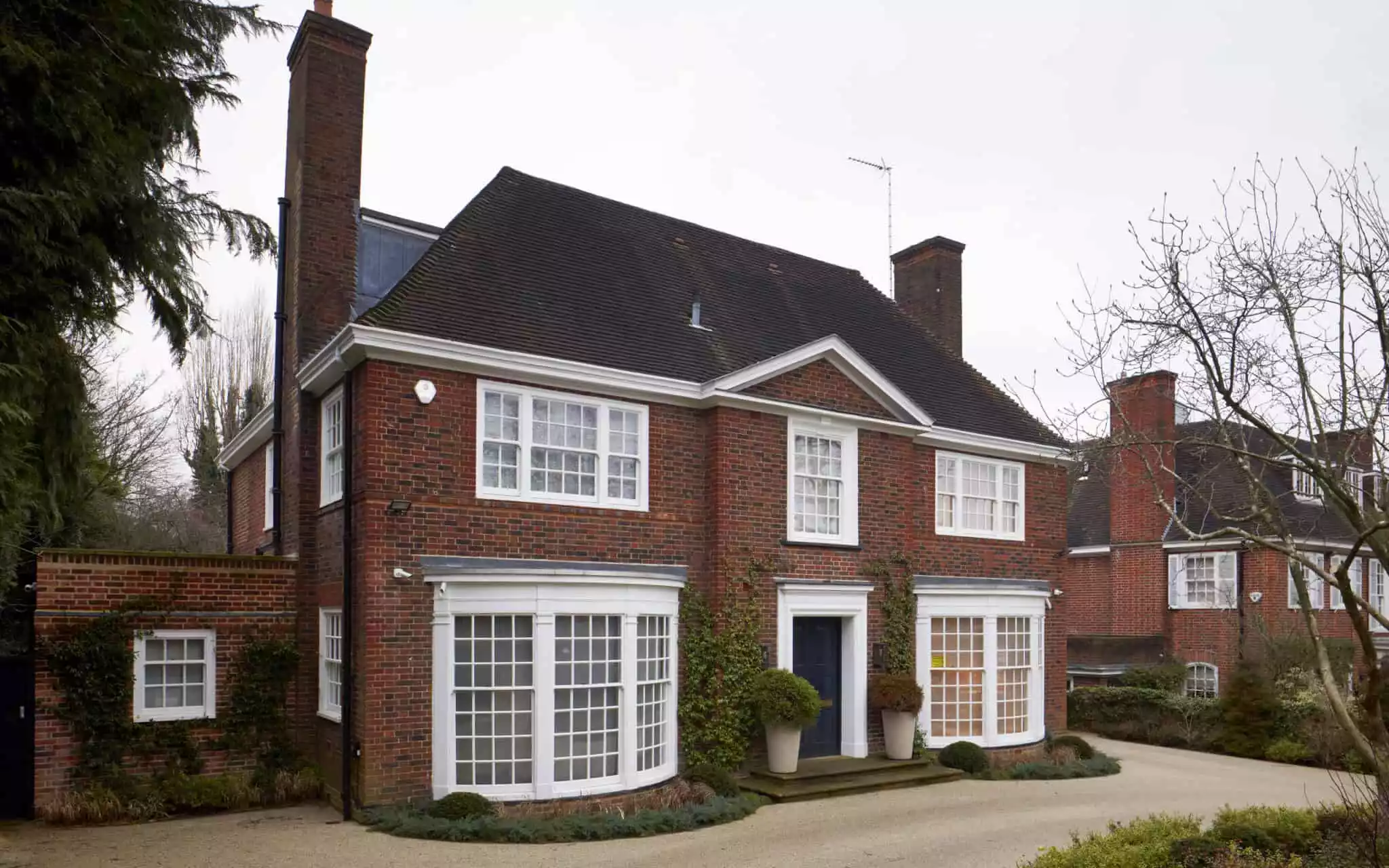

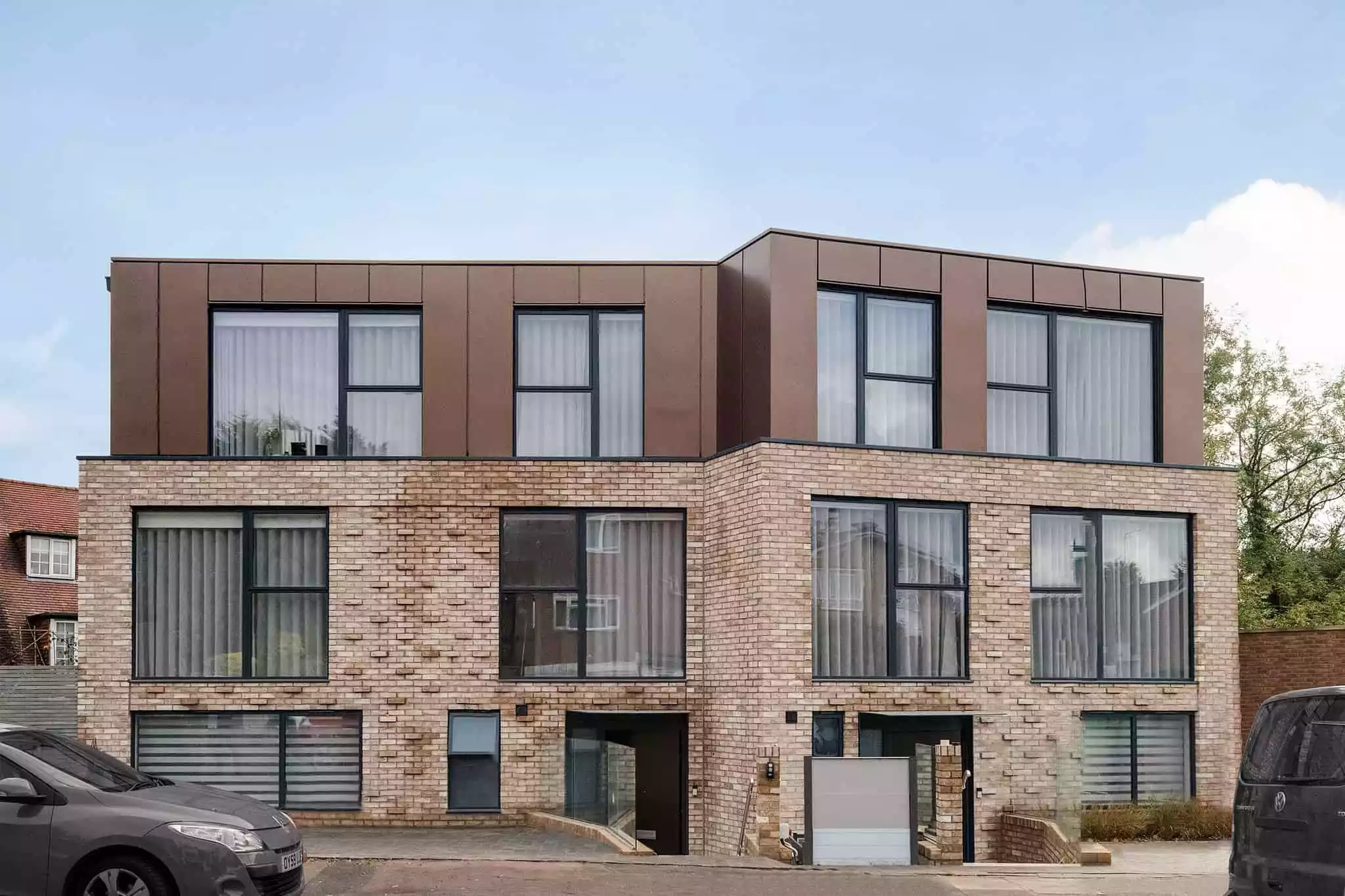
.jpg)
